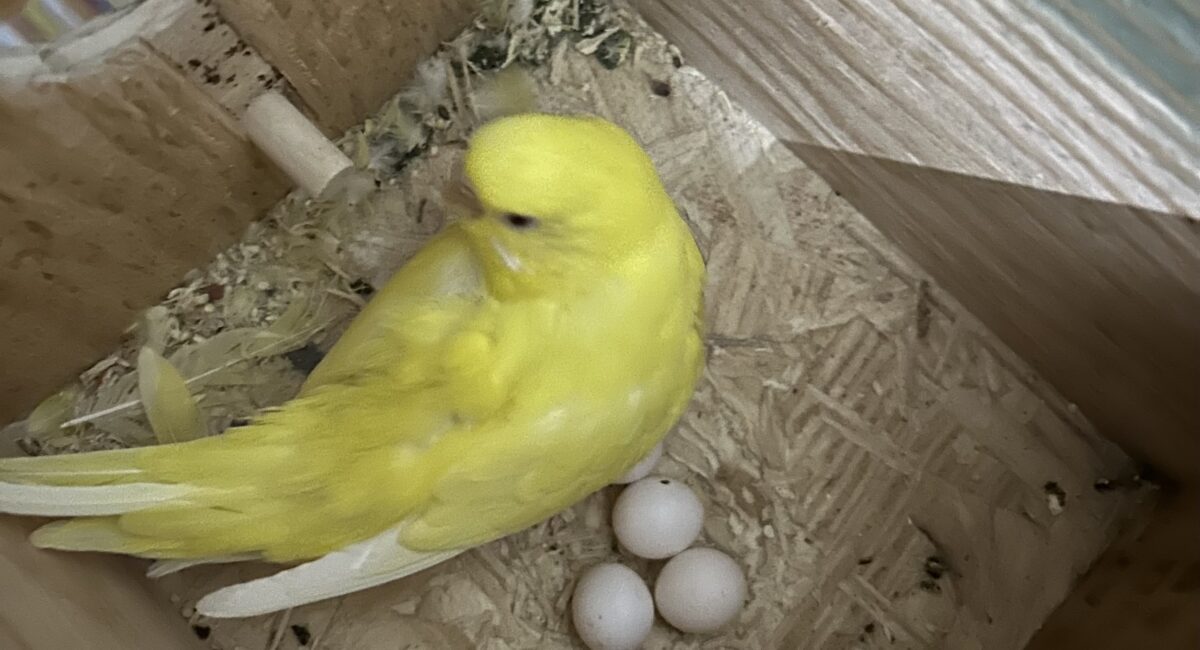Step by Step Guide of How to Breed Parakeets
It reminds me of the first time I was breeding my parakeets. I believe, if you are a first-time breeder, then choosing parakeets is one of the best options. Because, breeding parakeets can be a delightful and rewarding experience, but it requires careful planning and attention too. Without a proper guide, you could face many challenges just like I did. I learned a lot from my mistakes, from choosing the right pair to caring for chicks. Now, I’ve got you covered! In this article, I will provide a step by step guide of how to breed parakeets, and walk you through everything you need to know, from selecting the right breeding pair to nurturing the chicks.
Why Breed Parakeets?
Let’s face it, breeding parakeets can be motivated by several reasons. It could be because of expanding your aviary, creating strong genetic lines, or maybe you’re experiencing the joy of watching new life. I breed for two reasons: expanding my aviary and loving to watch new life unfold. Before you breed, I guess it is important to understand the reasons you’re breeding, the commitment involved, and the care requirement.
When to Breed?
Every species has their specific age for breeding. Parakeets become adults at the age of 8 months, so you can breed them afterwards. In my opinion, I would suggest you breed after 12 months. Wait, I’m missing something. Yes! the breeding season.
The optimal breeding season is spring and early summer. Longer daylight can stimulate their reproductive hormones naturally.
Step 1: Selecting the Right Pair
Before breeding the pair, learn about selecting the right pair. Check their age and health first. There are several ways to determine their age, such as an adult parakeet’s cere color, eye color, feather pattern, and beak color.
- An adult male’s cere is typically a vibrant blue, while a female is brown or tan.
- They have black solid pupils, and a light iris ring develops around the pupil.
- They must have clear and more defined feather patterns.
- Baby parakeets’ beaks are darker while adults are not.
Also, watch for their behavior, and if you are concerned about their health, get in touch with the vet. Remember, not all parakeets get along. Always observe potential pairs to see if they bond well. You may observe some signs of a good match include mature preening, sitting close together, and feeding each other.
Step 2: Setting Up the Breeding Environment
- Cage Requirements
Most breeders use cage breeding, which is a very common and easy way to do it. I’ve done both cage and colony breeding. Either way, you have to set up the breeding environment for your parakeets. If you are doing cage breeding, then you have to have at-least 24”L x 16”W x 16”H cage for each pair. This is the minimum requirement, but a bigger cage is better for breeding. Colony breeding is better for your parakeet as it requires more space and attention, helping them stay healthy and live longer.
- Nesting Box
Whether you choose colony breeding or cage breeding, you must need the nesting box for your parakeets. The suitable size of the nesting box is about 7”L x 6.5”W x 8”H, with an entrance hole about 2” in diameter. You might find some plastic boxes in the store, but I always prefer you to get the wooden boxes for them. The best place for the box is at the top of the cage, which makes them feel safe.
- Providing the Nutrition
The most important part is providing a balanced diet. If your birds are okay with pellets, then that’s great. High-quality pellets provide most of the nutrients. Seed-mixes are high in fats, which is not good for their health. Try to provide some vegetables and fruits for a balanced diet. Most breeders make a common mistake of not providing cuttlebones to their birds. Cuttlebones are rich in calcium, which is crucial for female parakeets. It helps them with egg production and shell formation.
Step 3: Encouraging Breeding Behavior
Be patient and allow your pair to engage in courtship behavior. This includes mutual feeding, preening and mating calls. If you want to help then increase daylight hours by using artificial lighting to simulate the longer days of spring. Consistent 12-14 hours of daylight can trigger breeding behavior. Temperatures are also important, so try to maintain it around 70-75°F and a humanity level of 50-60%.
Step 4: Egg Laying and Incubation
Parakeets mate in the morning, once they mate, the female will lay eggs every other day until she has a clutch of 4-6 eggs. The female begins incubating after the second egg is laid. The incubation period lasts about 18-21 days. The female parakeet will spend most of her time in the breeding box during this time. Meanwhile, the male parakeet helps her eat and drink. You have to support them by providing enough food, water, and some supplements if needed.
Step 5: Hatching and Caring
Now, this is the most exciting part: hatching! Chicks will start hatching after three weeks. They emerge blind, naked, and completely dependent on their parents. Chicks grow rapidly after the second week and will start developing the feathers. For the first few weeks, around 4-5 weeks, the parents will feed the chicks. Almost after 8 weeks, they should be fully weaned.
So, finally, the whole breeding process is done, and now you have a few new feathered friends. If you want to tame them fully, you should hand-feed them after 3-4 weeks from hatching. It is really a fascinating and rewarding journey. By following these steps, you can breed them properly to ensure a healthy and a happy process. Happy breeding!


